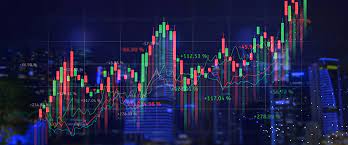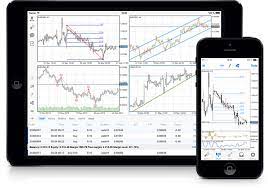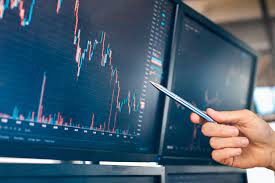For traders looking to take their careers to the next level, joining a proprietary (prop) trading firm offers a range of benefits that can significantly enhance both their trading opportunities and earning potential. Unlike traditional retail trading, where individuals trade with their own capital, prop trading firms provide traders with access to substantial firm capital, advanced tools, and a performance-based reward structure. In this article, we explore the top benefits of joining a prop trading firm and why it is a great option for ambitious traders.
1. Access to Firm Capital
One of the most appealing benefits of joining a prop trading firm is the access to firm capital. In a traditional trading setup, traders must use their own personal funds to execute trades, which often limits their ability to take larger positions or diversify their strategies. Prop trading firms, on the other hand, provide traders with the capital they need to trade at a larger scale.
This access to firm capital enables traders to make more impactful trades, explore different asset classes, and capitalize on market opportunities that they might not have been able to engage in with their own funds. The ability to trade with larger capital allows traders to take on more significant positions, which can amplify their potential returns.
2. Performance-Based Compensation
Another key benefit of joining a prop trading firm is the performance-based compensation model. Unlike traditional salaried jobs where pay is fixed, prop traders are typically compensated based on their performance. Traders receive a share of the profits they generate, which directly ties their income to their trading success.
This performance-based model offers significant earning potential for skilled traders. High performers can earn a much higher income than they would in a standard job, providing strong motivation to refine their strategies, increase their profitability, and push for continuous improvement. With the potential to earn based on results, traders are incentivized to deliver consistent, high-quality trades.
3. Reduced Personal Financial Risk
In traditional trading, individuals are at risk of losing their personal funds if a trade goes wrong. However, with proprietary trading, traders use the firm’s capital, meaning that personal financial risk is significantly reduced. If a trade results in a loss, it is the firm that absorbs the financial impact, not the trader.
This safety net allows traders to focus on making informed decisions and executing strategies without the fear of losing their savings. It encourages traders to take calculated risks, experiment with new strategies, and capitalize on market opportunities that they might avoid if they were using their own capital.
4. Access to Advanced Tools and Technology
Proprietary trading firms invest in cutting-edge technology and trading platforms that provide their traders with a competitive edge. These tools include real-time data feeds, sophisticated risk management systems, advanced algorithms, and automated trading solutions. Such tools enable traders to make faster and more informed decisions, manage positions efficiently, and execute trades with precision.
Access to these resources is a significant advantage over independent trading. For traders who want to leverage technology to improve their trading performance, prop trading firms offer the best tools and systems to stay ahead of the curve in a fast-paced market.
5. Professional Growth and Learning Opportunities
Joining a prop trading firm offers substantial opportunities for professional growth. Many firms provide mentorship and training programs to help traders improve their skills. New traders can learn from experienced mentors who offer guidance on strategies, risk management, and market analysis.
Moreover, prop trading firms often foster a collaborative environment where traders share ideas and insights. This networking and knowledge exchange can be invaluable for improving trading strategies and gaining exposure to new approaches. As traders prove their capabilities, they may also be given more capital to trade and higher levels of responsibility, enabling career growth within the firm.
6. A Results-Driven Environment
Prop trading firms typically operate in a results-driven environment, where traders are encouraged to focus on consistent performance and profitability. This culture of accountability and performance ensures that traders are motivated to continually refine their strategies and optimize their results. By working within a firm that values measurable success, traders are held to high standards and are provided with the support they need to achieve their goals.
Conclusion
Joining a prop trading firm offers traders numerous benefits, including access to firm capital, a performance-based compensation structure, reduced personal financial risk, and access to advanced tools and technology. Additionally, the professional growth opportunities and results-driven environment make prop trading an ideal career path for traders looking to maximize their earning potential and develop their skills. For serious traders who want to take their careers to the next level, joining a prop trading firm can provide the resources and support necessary to succeed in a competitive market.


